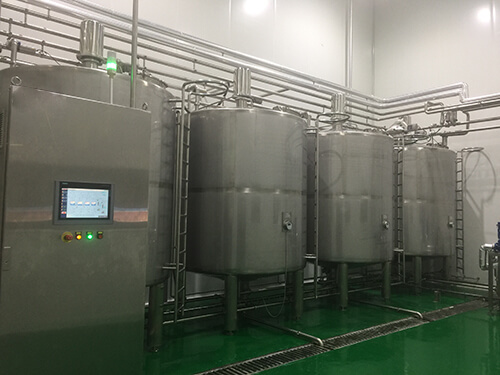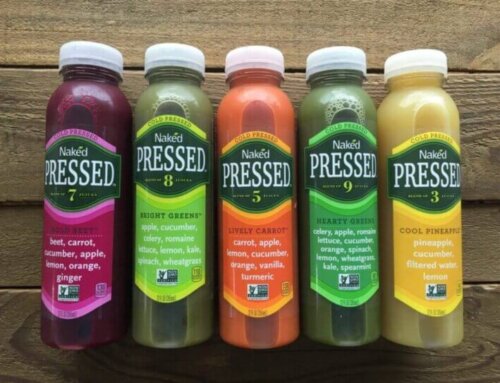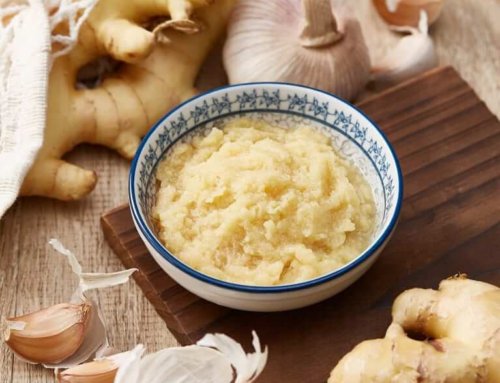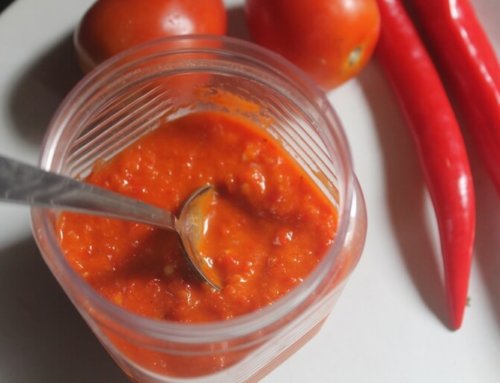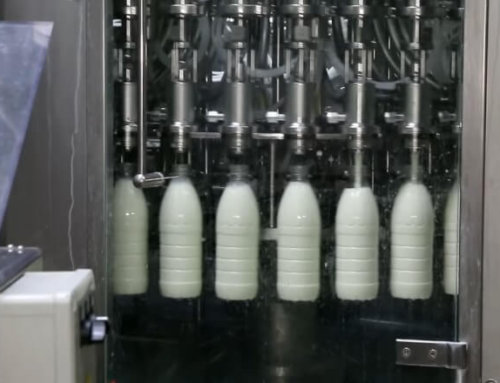Project Description
Liquid Egg Processing Line
Description Of Liquid Egg Processing Line
- The liquid egg processing line includes fresh egg washing and drying machine, egg breaking machine, egg yolk and white separating machine, products reception tank and filter. One plate-type cooler will be installed after filter in order to cool down the egg products from 25℃ to 4℃, which can reduce the bacteria growth after the egg-breaking process, storage tank, homogenizer, pasteurizer and bag in box filler.
- By breaking and separating eggs, you can consumer your eggs into highly valuable egg liquids or dried egg powder products.
- All the eggs are gently broken, then we will get three egg products: the whole egg liquid, egg yolk and egg white. The whole egg liquid can further proceed into egg powder and egg yolk can be made into mayonnaise.
- As egg yolk and egg white are highly valuable fragile products, and two products can bear different temperatures, so we design to pasteurize egg white and yolk separately to get high-quality end products.
- The whole production line equips CIP cleaning system and all the tanks and equipment that contact with material are made of SUS304 to ensure the whole production process is sanitary.
- One whole egg can get 60% thick and clear egg white(albumen), 30% yellow egg yolk and 10% egg shell.
- The capacity of the liquid egg processing plant is from 200LPH-5000LPH, and the end products can be filled into pouches, bottles, cans, aseptic bag in box containers, and gable top cartons.
- The commercial liquid egg production process involves washing and drying fresh eggs, breaking and separating egg yolk and eggwhite, filtering the mixture, storing it in temperature-controlled tanks, pasteurizing, and filling it into containers for distribution to food manufacturers and retailers.
- Pasteurized Liquid egg shelf life: Freezing liquid eggs at -18℃ is a common way of preserving them for long-term storage. When properly stored, frozen liquid eggs can have a shelf life of up to one year or more; Storing liquid eggs at 4℃ (39.2℉) is a common method of preserving them for short to medium-term storage. When stored at this temperature, liquid eggs can have a shelf life of approximately 2-8 weeks.
- According to the different configurations of liquid egg processing machines, liquid egg yolk, liquid egg white, egg powder and mayonnaise products can be produced to meet different clients’ requirements.
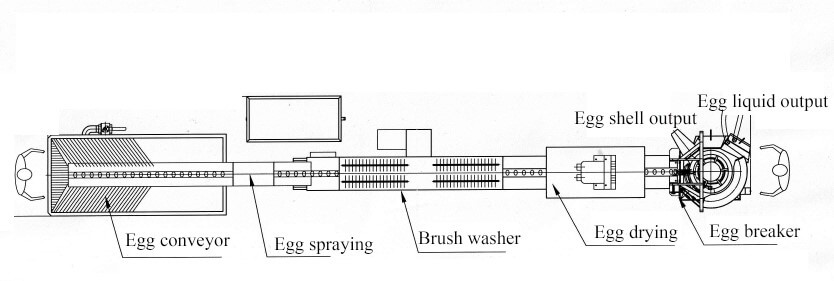
End Products Of Liquid Egg Processing Line
Egg yolk and white: Fresh egg after washing, drying, UV sterilizing and breaking, then instantly cooled to 4°C and storage in SUS304 tanks, then through filtering, homogenizing, pasteurizing, filled into aseptic bags from 5kg-1000kg or gable top cartons. Shelf life: 0 – +4°C till 60 days, – 18°C – 15 months.
Egg powder: The whole egg liquid after standardization, pasteurizing, enzymatic fermentation desugar, UF concentration, spray drying, then filled into stand-up pouches. Shelf life is 2 years. Fresh liquid egg mixture water content is about 75%, and egg powder water content is about 5%, so approximately 3 units liquid egg mixture can get one unit of egg powder; The egg yolk dry matter is about 45-50%, and after drying, the egg yolk powder is about 95% dry matter; The egg white is 11% dry matter, and after concentration and drying, then the egg powder is about 95% dry matter. The drying temperature is 120-150°C.
Mayonnaise: Use egg yolk as raw material, then cold blend with oil, acid, vinegar, lemon juice and other ingredients, after homogenizing, then filled into tin cans bottles or jars.
Frozen Liquid eggs: Fresh egg after disinfectant, washing, liquid egg extracting, filtering, pasteurization or not pasteurization, then packing into metal cans and freezing to -20℃ and storing in the refrigerator.

Technological flowchart of the liquid egg yolk and white processing line
Choose high-quality fresh egg as raw material, then unloading the fresh eggs into the egg washing tank, after washing and disinfestation, then use the chain elevator to transfer the egg into brush washer for second egg washing. Then use air drying machine to blow off the water on the surface of the eggs, now we get the dry clean eggs. Then the eggs will transfer to egg breaker and separator, at this station, the egg is broken and liquid yolk and white will be separated, and the liquid egg will be stored in the insulation tank(4℃), after filtration of the liquid egg, then pumped into pasteurizer for pasteurization, then the liquid egg will be filled into containers such as bottles, pouches or aseptic cartons.

Technological Flowchart of Mayonnaise Processing Line

Key Machine of Liquid Egg Processing Line
Egg Washing, Drying and Sterilizing Machine
The fully automatic egg-cleaning machine is mainly used for washing eggs. Fresh egg products are cleaned, disinfected, dried and coated after the eggs are laid; The clean egg surface is hygienic, clean and has a long shelf life, which greatly improves the quality and safety of fresh eggs.
Working process: The fresh eggs are transported through the conveyor chain, during conveying, high-pressure water nozzles can spray onto the eggs. After that, the fresh eggs will enter the brush washing machine for brush washing. The washing water temperature set to 30-40°C, Then we will get the clean fresh eggs. The last process is using low-temperature hot air to dry the water on the surface of fresh eggs, and during transporting on the conveyor, UV lights can be installed on the conveyor to sterilize the egg surface.
The capacity is 3000-20000PCS/Hour available, it is suitable for washing chicken and duck eggs.
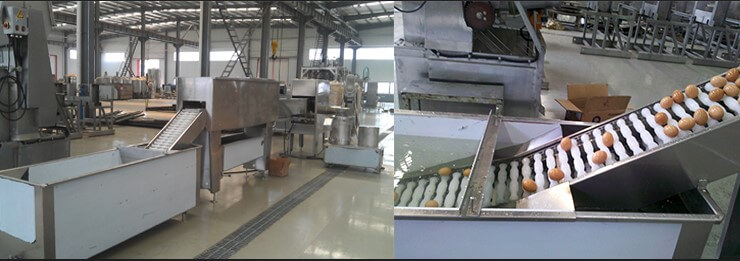
Egg Breaking&Separating Machine
All the eggs are gently broken, creating either only whole egg or separated yolk and egg white (with a small amount of whole egg). The product from the breaker is collected in small tanks or pumped continuously. Any small shell particles are removed from the product by filtration. The filtered products are cooled down to a temperature <4° C.
(1) Egg knocker and egg white separator are processing equipment for egg-breaking machines. The yolk and egg white can be separated or not separated.
(2) Made of stainless steel, fast and clean
(3) Variable speed control adjustment
(4) Automatic egg cup cleaning
(5) All mechanical parts are easy to disassemble, repair and inspect
(6) Independent inspection system for each egg
(7) The whole machine is made of food-grade 304 stainless steel
(8) Capacity is 3000-15000PCS/Hour
Liquid egg storage batch tank
As the liquid egg products are also neutral materials, the pH value is between 6.0-6.9, so after we obtained the liquid egg, we need to store it at cold temperature for the following processing instantly. For this purpose, we will use the double-layer insulation batch tank to store the liquid eggs.
The liquid egg will be cooled to 4℃ by plate or tubular cooler, then pumped into the batch tank; The liquid egg can also be pumped into the batch tank directly after filtration, then the batch tank will be triple layers jacketed tank, and ice water can be feed into the jacket to cool down the liquid egg from room temperature to 4℃.
The liquid egg batch tank has the following normal configuration: SUS304/316L tank body, with jacketed or insulation function, equipped with level sensor, temperature sensor, thermometer, CIP cleaning ball, agitator(optional), product inlet and outlet, ice water inlet and outlet, manhole, adjustable legs, ladders, etc. The tank’s inner layer is 300 mesh polished and out layer is 200 mesh polished.
The batch tank volume is from 1000L to 50000L available, and the processing line equipped volume will be fresh egg yolk/egg white one-day processing capacity. For example, if the egg yolk input capacity is 200L per hour, and 8 hours a day working, then the batch tank should be 2000L.

Egg Yolk&Egg White Homogenizer and Pasteurizer
The liquid egg homogenizer is used for mixing and breaking down liquid egg products into a uniform, consistent mixture. The homogenization process helps to evenly distribute the egg’s components (such as yolk and egg white), preventing separation and ensuring a smooth texture. The liquid egg homogenizing pressure range will be 20-40Mpa with the piston double-stage high-pressure homogenizer.
As egg yolk and white are delicate and fragile and rich in nutrition, when pasteurization, we also adopt to a different method. Egg white is denatured at 58℃, and the yolk is denatured at about 65℃, according to this feature, we design the following pasteurizing flowchart through experiment: Egg white: 4°C inlet—56°C holding 180-210S—4°C outlet, Egg yolk: 4°C inlet—61°C holding 180-210S—4°C outlet, With this method of sterilization, all pathogenic bacteria can be killed while ensuring product quality and extend the shelf life.
Considering the viscosity of yolk and white, we use tubular-type pasteurizers to treat the products, but for clients who have a limited budget, the plate-type pasteurizer will also be used in pasteurizing the liquid eggs.

Liquid egg filling machine
The liquid egg will be cooled to 4℃ and filled into containers instantly after pasteurization, the most popular package is pouches, jars, bag-in-box containers and bottles. After filling, the end products will be stored in cold warehouse(0-4℃) or refrigerator(-18℃). These machines are commonly used in the food processing industry for the production of liquid egg products that are sold in retail or food service markets.
The filling process of a liquid egg filling machine typically involves the following steps:
- The liquid egg product is stored in a holding tank, which may be equipped with agitation or heating elements to maintain consistent product quality.
- The containers are loaded onto a conveyor belt or rotary table and moved to the filling station.
- The filling station uses a volumetric or weight-based system to dispense a precise amount of liquid egg product into each container.
- The containers are then sealed using a variety of methods, depending on the type of packaging material used, such as heat sealing, capping, or crimping.

CIP system
The hygiene condition is very crucial for making high-quality products in liquid egg processing plants. Hence, we need to equip the CIP cleaning system to regularly clean the pipelines and all kinds of stainless steel tanks and filling machines.
The CIP system can wash the machines, tanks and pipes with hot water, acid solution and alkali solution to remove the dirt residue automatically, usually after one shift is over, all the machines need to stop to be cleaned thoroughly by the CIP system. One whole CIP cleaning procedure will take about 2-3 hours depending on how many cleaning points there are.
